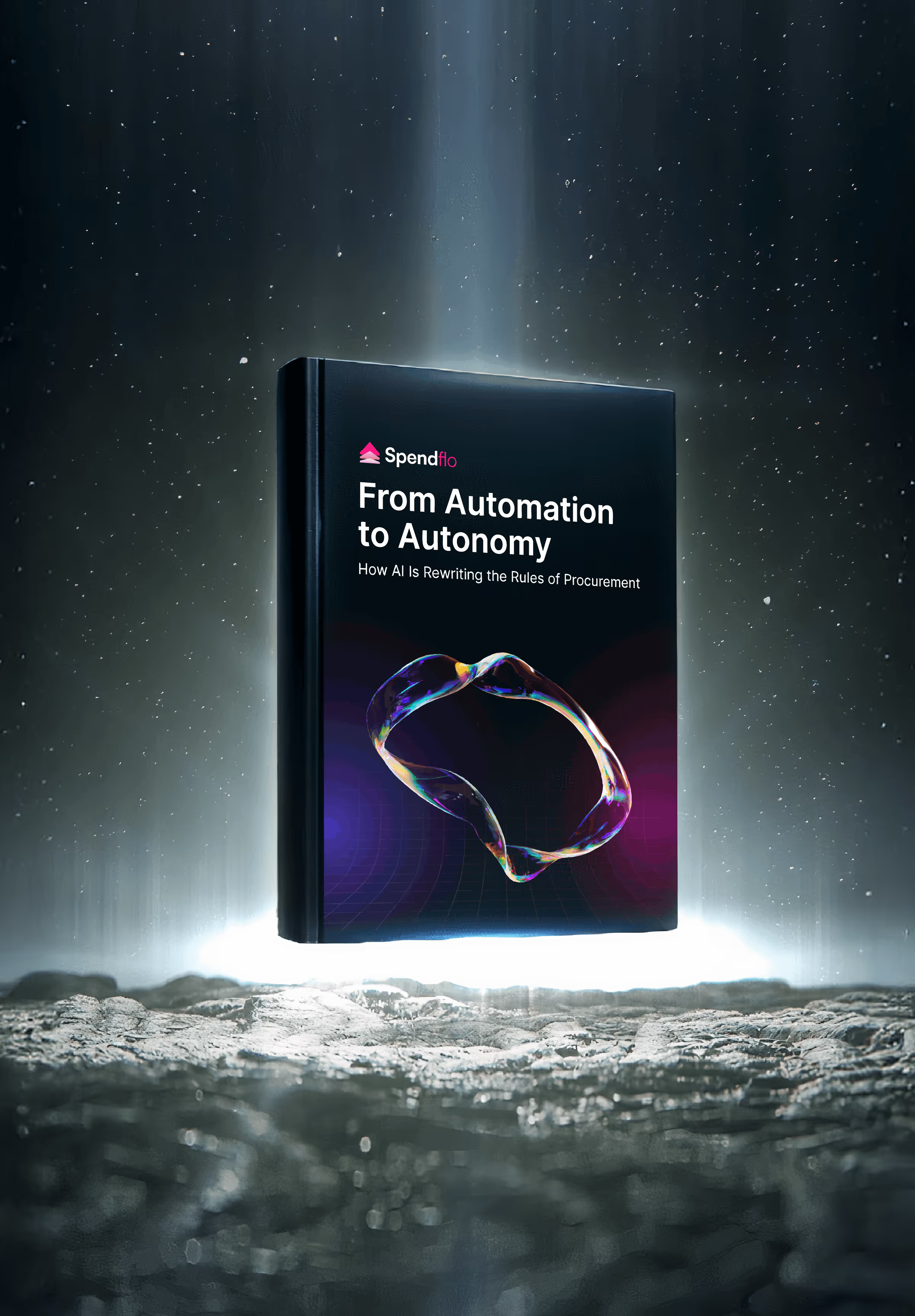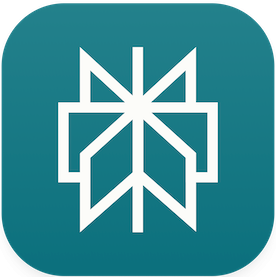

Blanket PO vs. Standard PO: Guide For Recurring Purchases [2025]

Blanket PO vs. Standard PO: Guide For Recurring Purchases [2025]
Understand Blanket PO vs. Standard PO and how to choose the right type for recurring purchases, improve procurement, and control costs.


Managing purchases is one of the most routine yet critical activities for any growing business. While some purchases are one-time events, many others involve ongoing, repeat orders for the same goods or services. This is where selecting the right type of purchase order (PO) becomes crucial.
Picking between a Blanket PO and a Standard PO can directly impact procurement efficiency, cost control, and vendor relationships.
In this blog, we will cover:
- What is a Blanket PO?
- What is a Standard PO?
- Differences Between a Blanket PO and a Standard PO
- How to Select the Right PO Type for Your Business
- Advantages and Disadvantages of Each PO Type
- Cost Implications and Contract Management for POs
- A Practical Guide for Managing Recurring Purchases
- How Spendflo Simplifies PO Management
- Frequently Asked Questions on Blanket PO vs Standard PO
What is a Blanket PO?
A Blanket Purchase Order (Blanket PO) is a long-term agreement between a buyer and a supplier to purchase multiple deliveries of goods or services over a set period, with predetermined pricing, quantities, or limits. It simplifies repeat purchases by reducing administrative work and ensuring consistent procurement terms.
What is a Standard PO?
A Standard Purchase Order (Standard PO) is a single, standalone order issued for a specific quantity of goods or services with clear delivery dates, pricing, and payment terms. It requires full details upfront for each transaction, making it best suited for one-time or non-recurring purchases.
Differences Between a Blanket PO and a Standard PO
While both Blanket POs and Standard POs serve to formalize purchases, they differ in structure, flexibility, and purpose. Understanding these differences helps businesses choose the right PO type for each buying situation.
How to Select the Right PO Type for Your Business
Choosing between a Blanket PO and a Standard PO depends on several key business factors. The right decision ensures procurement efficiency, better vendor management, and optimal cost control.
Factors to Consider When Choosing Between PO Types
Choosing the right purchase order type can make a big difference in how efficiently your procurement process runs. Both Blanket POs and Standard POs serve specific needs depending on purchase frequency, vendor relationships, administrative capacity, and financial planning. Evaluating these factors carefully helps you align your procurement approach with your business goals.
- Evaluate how often you make the purchase.
- Determine if order quantities and delivery schedules are predictable.
- Use a Blanket PO for recurring purchases from trusted vendors.
- Use a Standard PO for one-off purchases with clearly defined details upfront.
- These often begin with a purchase requisition that outlines the exact specifications and requirements before generating a formal PO.
Impact on Vendor Relationships
A Blanket PO often strengthens vendor relationships by signaling long-term commitment, which can lead to better pricing and service levels. Standard POs, being transactional, may not foster the same level of partnership, but they offer flexibility when testing new suppliers or negotiating short-term contracts.
Suitability for Recurring vs. One-Time Purchases
Blanket POs are ideal for recurring purchases with variable timing and quantities, such as office supplies, raw materials, or ongoing service contracts. Standard POs work better for one-time purchases, custom orders, or when full specifications are available at the time of purchase.
Company Size and Procurement Volume
Larger organizations with high procurement volume often benefit from Blanket POs to minimize administrative workload. Smaller companies or businesses with infrequent purchases may prefer Standard POs for tighter control and simplicity.
Administrative Resources and Process Complexity
If your procurement team has limited resources, Blanket POs reduce the administrative burden by minimizing the number of approvals and documents processed. Standard POs require more frequent paperwork, approvals, and record-keeping, which can strain smaller teams.
Budget Flexibility and Forecasting Needs
Blanket POs provide predictable budgeting and easier forecasting, especially when spending patterns are stable. Standard POs, while offering precise control for each transaction, can make it harder to predict total spend over time, complicating long-term financial planning.
Advantages and Disadvantages of Each PO Type
Both Blanket POs and Standard POs offer unique benefits and come with certain drawbacks. Understanding these pros and cons helps businesses make informed decisions that align with their purchasing patterns, administrative capabilities, and financial goals.
Cost Implications and Contract Management for POs
The type of purchase order you use can directly impact your costs, budgeting accuracy, and contract management responsibilities. Careful consideration of these factors helps businesses maintain financial control and strengthen supplier relationships.
Cost Control with Blanket POs
Blanket POs offer significant advantages in managing costs for recurring purchases, especially when volume and consistency are high.
- Predictable pricing simplifies financial planning.
- Volume discounts reduce per-unit costs.
- Lower administrative workload due to fewer transactions.
- Long-term agreements improve forecasting stability.
- Easier monitoring of vendor performance over time.
Budgeting Challenges with Standard POs
While Standard POs offer tighter control over individual purchases, they can make budgeting and forecasting more complex.
- Costs vary with each order, making forecasting harder.
- No bulk discounts mean higher unit prices.
- Repeated paperwork increases admin costs.
- Cumulative spend is harder to track across multiple small POs.
- Each purchase requires fresh approvals, slowing down procurement.
Managing Contract Renewals and Extensions
Renewals and contract extensions play a crucial role in ensuring continuity of supply, especially for long-term agreements.
- Blanket POs often operate as a long-term contract that requires scheduled renewals.
- Renewals provide opportunities to renegotiate terms.
- Performance reviews ensure contract value remains strong.
- Expired Blanket POs can disrupt supply chains.
- Standard POs require fewer formal renewals but limit flexibility.
Legal and Compliance Considerations
Both PO types require legal oversight, but Blanket POs typically involve more detailed contract language due to their longer duration.
- Blanket POs need robust terms covering long-term obligations.
- Delivery schedules, price changes, and liability terms must be clearly defined.
- Contracts should also account for potential shifts in market conditions that may affect pricing or supply availability.
- Standard POs are simpler but still require policy compliance.
- Both require adherence to financial controls and procurement guidelines.
- Clear documentation of payment methods ensures timely and accurate processing of supplier invoices.
- Comprehensive audit trails ensure accountability and transparency.
Supplier Performance Monitoring
Monitoring supplier performance is essential to maintain quality and service levels throughout the contract period. Regular evaluations ensure that product quality remains consistent across multiple orders.
- Blanket POs support continuous performance tracking.
- Issues can be flagged and addressed early.
- Supplier scorecards help evaluate long-term consistency.
- Standard POs allow performance review on a per-order basis.
- Ongoing monitoring ensures vendors meet expectations.
A Practical Guide for Managing Recurring Purchases
Recurring purchases may seem routine, but without the right structure in the purchasing process, they can quickly lead to inefficiencies, overspending, and compliance issues. Building a clear and scalable procurement framework helps businesses manage these ongoing transactions with consistency, accuracy, and full control.
Standardizing Purchase Workflows
Establishing standardized workflows ensures every purchase follows a consistent process. Clear policies, uniform templates, and documented procedures help reduce errors, avoid delays, and simplify vendor interactions. This consistency makes it easier for procurement departments and finance teams to track spending accurately and follow procurement guidelines.
Approval Processes and Controls
A well-structured approval process ensures that purchases align with budgetary and operational goals. Defining approval levels based on purchase value or department helps maintain control. Automating these workflows reduces processing time and ensures that approvals happen in real-time without unnecessary bottlenecks.
Integrating POs with Procurement Software
Modern procurement systems centralize purchase order management, providing full visibility into open orders, supplier data, and contract terms. Each transaction is tracked using a unique purchase order number, making it easier to reconcile orders and payments. Integration allows seamless updates across procurement, finance, and inventory systems, making it easier to track spending, monitor supplier compliance, and manage contracts efficiently.
Vendor Data and Performance Dashboards
Vendor dashboards provide real-time insights into supplier performance, delivery timelines, and quality metrics. These dashboards help identify potential risks early and support informed decision-making when it comes to renegotiating terms or evaluating vendor relationships over time.
Automating Routine Purchases
Recurring purchases benefit greatly from automation. Automating tasks like generating orders, sending approvals, and matching invoices with deliveries reduces manual workload, improves accuracy, and frees up procurement teams to focus on more strategic work like supplier negotiations and cost optimization.
Ensuring Compliance and Audit Readiness
Strong compliance measures ensure that every transaction is documented and audit-ready. Automated systems create detailed audit trails, making it easier to meet regulatory requirements and internal policy standards. This transparency also supports better financial reporting and risk management.
How Spendflo Simplifies PO Management
Managing multiple purchase orders, vendors, and contracts can become overwhelming without the right tools. Spendflo simplifies the entire PO management process by offering centralized visibility, expert negotiation support, and actionable spend insights that help businesses control costs and improve procurement efficiency. Spendflo’s approach supports a stronger procurement strategy by aligning vendor management, contract negotiations, and spend optimization in one system.
PO Tracking: Spendflo centralizes all purchase orders, making it easy to track open and closed POs, monitor supplier performance, and avoid missed deadlines. This helps teams maintain better control over procurement workflows while reducing errors and delays.
Vendor Negotiation: Spendflo’s team supports negotiations with vendors, using deep market insights to secure better pricing, favorable terms, and contract flexibility. Businesses benefit from expert-backed deals without putting extra strain on internal procurement teams.
Spend Optimization: With real-time visibility into procurement data, Spendflo highlights savings opportunities, identifies areas of waste, and helps businesses optimize spend across their SaaS and vendor contracts. This ensures long-term cost control and smarter financial planning.
Frequently Asked Questions on Blanket PO vs Standard PO
What are the benefits of a Blanket PO?
A Blanket PO simplifies recurring purchases by reducing administrative work, securing consistent pricing, and allowing multiple releases under one agreement. It streamlines vendor management and supports predictable budgeting for ongoing needs.
When should you use a Standard PO?
Use a Standard PO when purchases are infrequent, one-time, or when full details like quantity, price, and delivery terms are available upfront. It’s ideal for project-based, custom, or low-frequency procurement.
How does Spendflo help with PO management?
Spendflo centralizes PO tracking, automates workflows, supports vendor negotiations, and provides real-time spend visibility. This reduces manual work, optimizes vendor contracts, and drives cost savings across procurement operations.
What are the risks of recurring purchases without a Blanket PO?
Without a Blanket PO, recurring purchases may lead to duplicated efforts, inconsistent pricing, missed volume discounts, and higher administrative costs due to repeated approvals and documentation.
Can Blanket POs be automated?
Yes, Blanket POs can be automated using procurement software like Spendflo. Automation helps track consumption against PO limits, manage renewals, and maintain full visibility into contract usage and supplier performance.










.png)
-p-1080.png)




.png)










.avif)





